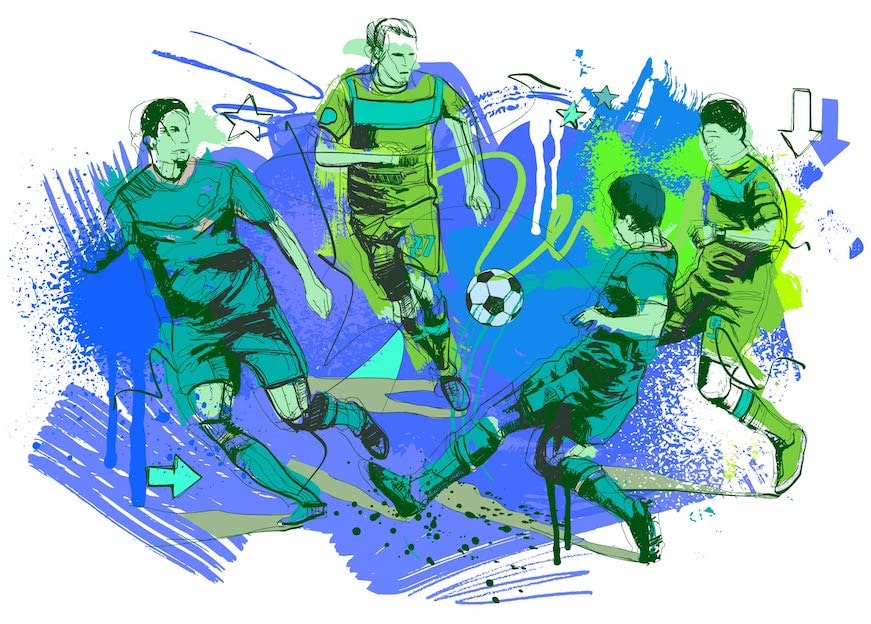Developing a ‘Marginal Gains’ culture across your youth soccer operations
Posted On April 18, 2024

Marginal gains means implementing tiny improvements to ultimately lead to a huge overall benefit/improvement in operational performance.
What are marginal gains?
The concept of marginal gains boils down to implementing tiny improvements across an operation that will ultimately lead to a huge overall benefit/improvement in operational performance.
- Sir Dave Brailsford revolutionized British cycling using this theory – examples include rubbing alcohol onto tires for enhanced grip & painting the floors of the Team Sky truck white to spot dust on the tires as even a slight amount of dust could hamper bike maintenance efforts.
- Tim Grover was personal trainer to Kobe Bryant & Michael Jordan – he would find the soft spots on a particular court for Bryant before each game, so Bryant could use that knowledge to his advantage in the game.
- 30 years before wearables, he collected data on every footstep Jordan took on the court. By manually collecting the data from Betamax footage, Jordan could use this data in his S&C work and pre-game preparations.
The marginal gains concept can be introduced across all sports at all levels – taking potential 1% gains & turning them into large, long-term improvements.
At youth soccer level, can objective player performance data monitoring offer up this type of marginal gain effect across the youth operations?
Using player trend data to find that 1% change
Below is a 1st half possession graph of a 2005 central midfield player at a US test club client over 11 games. This particular club want certain players in possession from the very beginning of a game to influence the tempo. Their possession output had to be far greater than the team average.

After monitoring the player’s 1st half possession impact over these 11 games, the Head Coach introduced two short possession-based routines into this player’s pre-game warmup. The impact over the next 11 games was noticeable.

The simple addition of two possession-based warmup drills enhanced the player’s 1st half impact. Objective data monitoring of this player’s 1st half possession output allowed the club to assess the situation and make that small change that resulted in an initial improvement in 1st half performance.
Can our data platform help you adopt the marginal gains theory?
Coaches, Technical Directors, Academy Directors etc. – developing young players can often be based on many subjective observations of a player’s performance.
Utilizing accurate, objective player performance data monitoring can offer you the view on a player’s performance that allows you to make that simple change in training or even in the warm-up plans that maximizes the in-game impact of your players.
Our Player Development data platform is an attainable step towards youth clubs introducing the marginal gains theory across their operations.
Coaching staff & club executive/board members can easily access data insights on performance trends, areas of player strengths/weaknesses and overall team insights.
Having accessible data like this across youth operations allows for the democratization of data & the ability for clubs to action these small changes effectively (with no bias holding back their decisions).

Leave a Reply
Your email address will not be published. Required fields are marked *